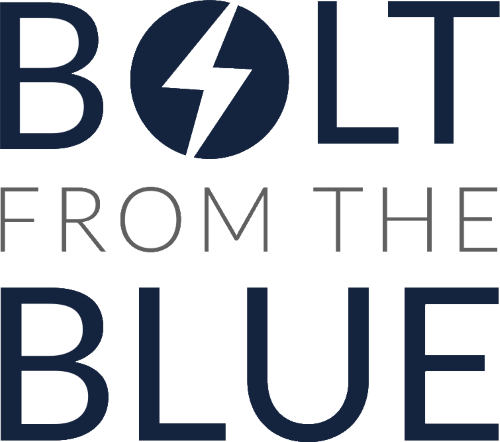The first time I saw it, I skimmed past it, because it’s an ad, and that’s what we do.
But then it kept popping back up in my Instagram, so it caught my eye.
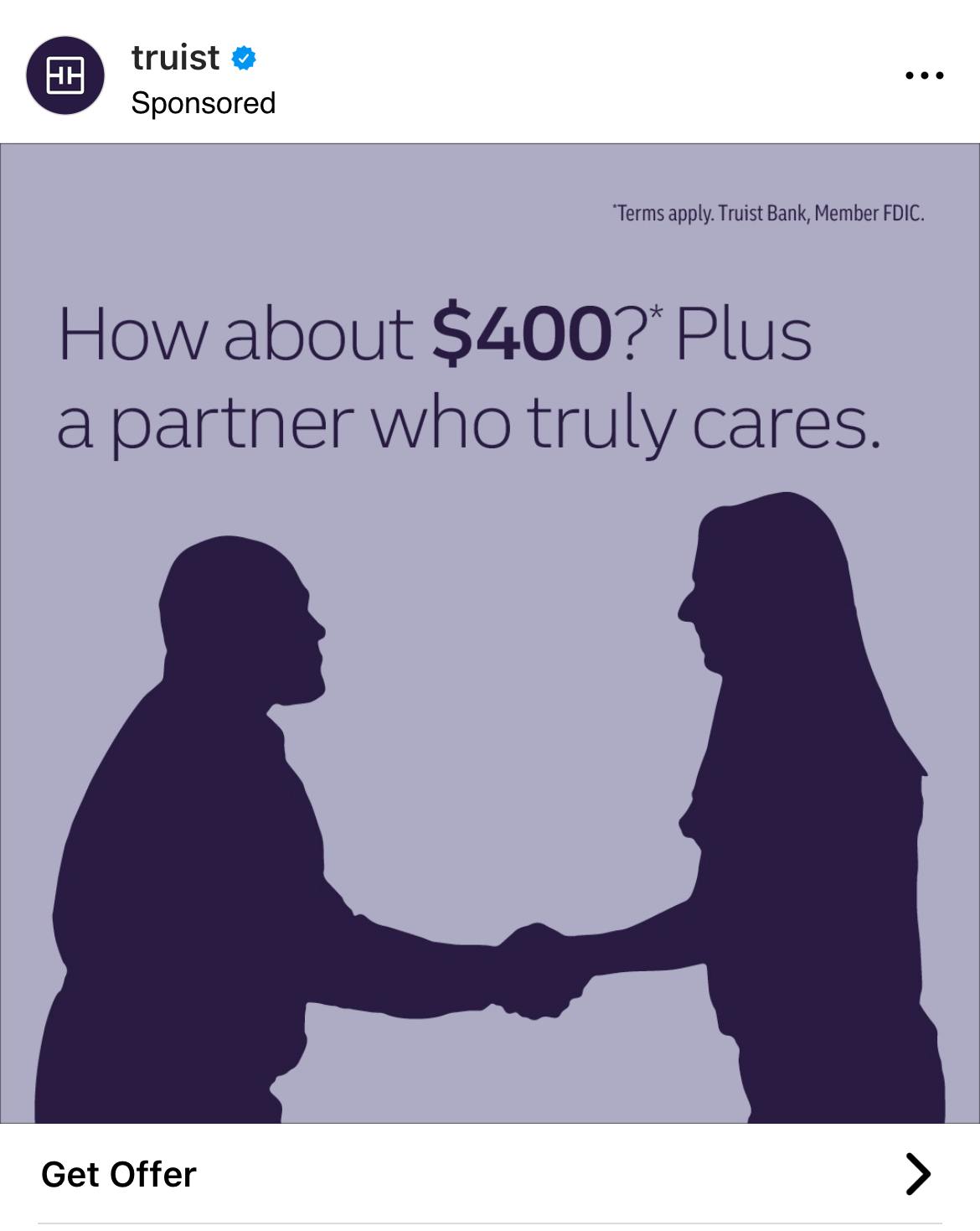 |
If you, like me, are guffawing at the amount, you’re not alone. The internet had a lot to say about this:
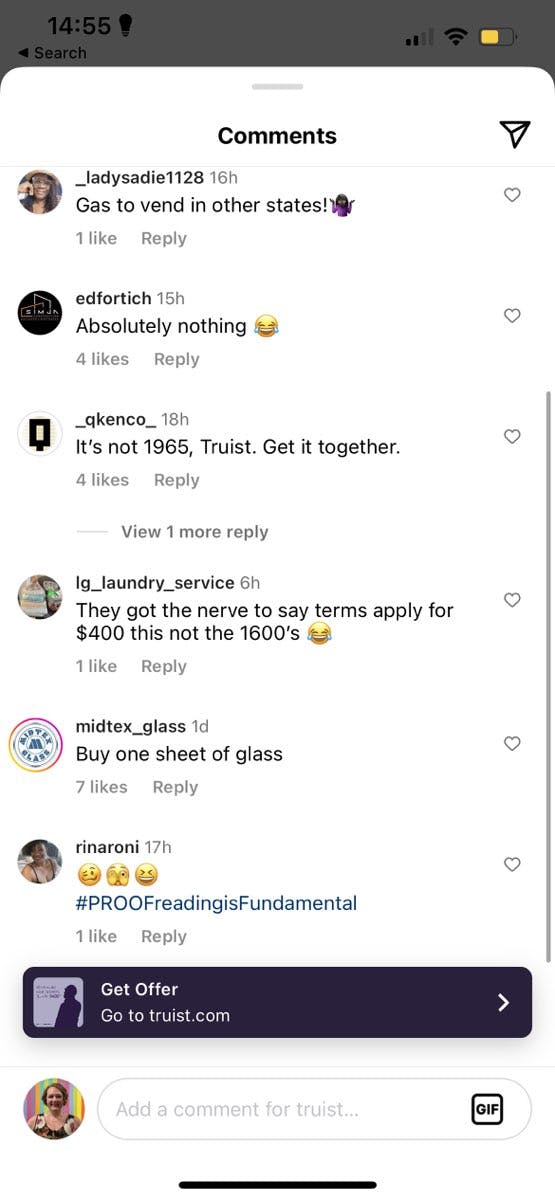 |
I mean, yeah. Out of touch at best, right?
But then I got the next ad in the series, and you know how when cats latch onto something their eyes get all giant and round? That was basically me.
I am so, so invested in this ad series. Because here’s what the next one was:
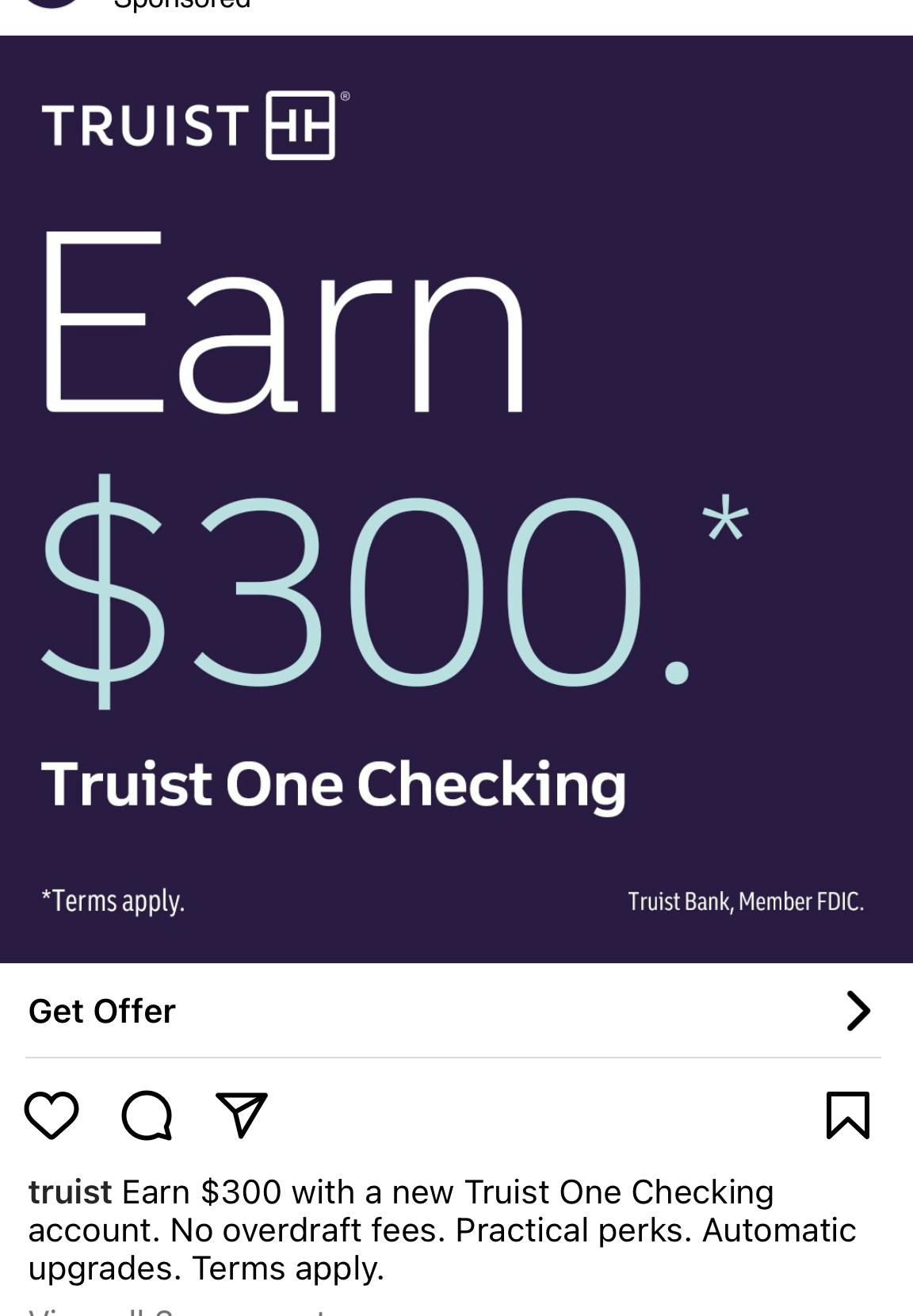 |
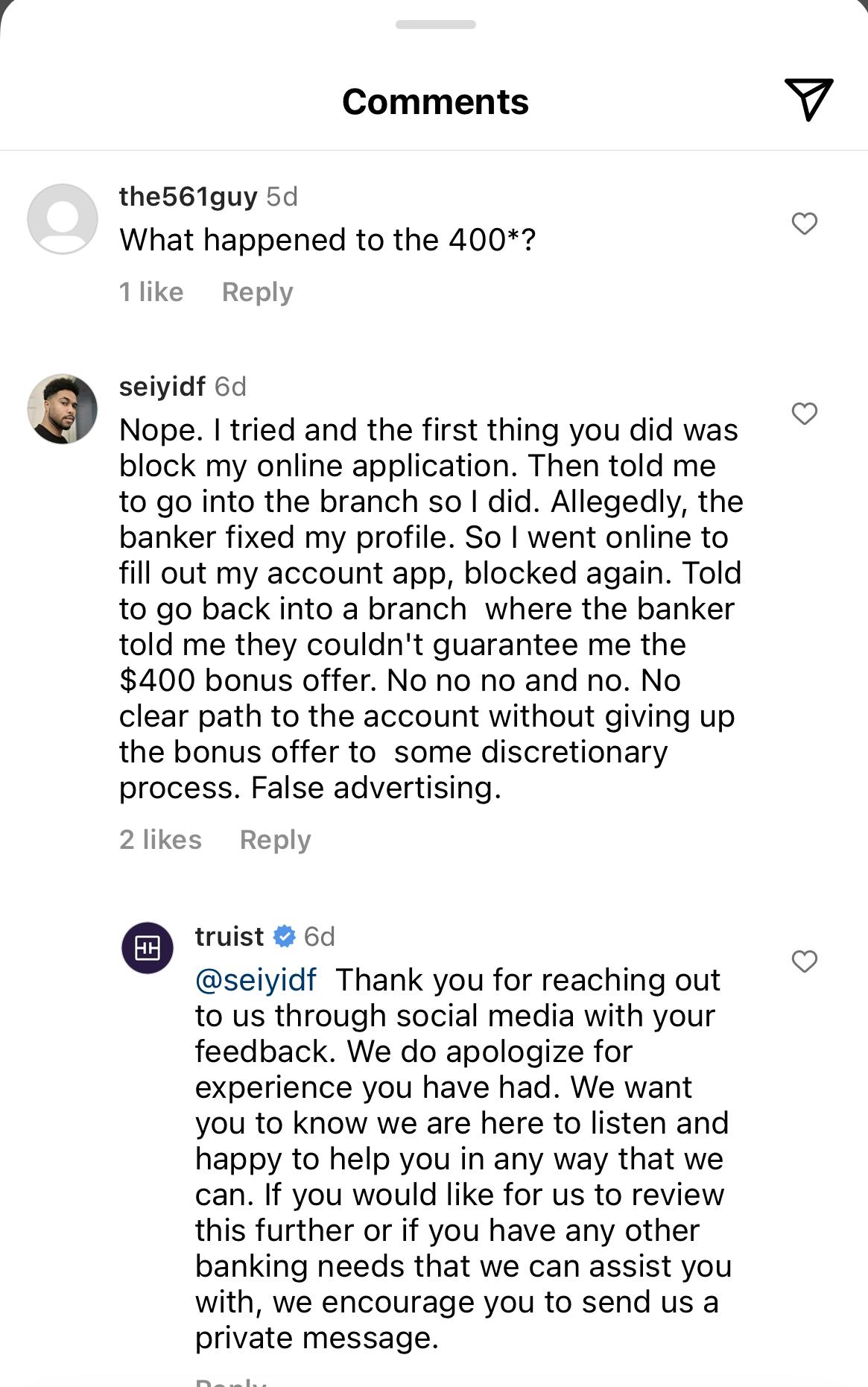 |
I mean, it’s dumb and amusing. But it’s also a picture-perfect masterclass in how to NOT run a campaign.
Here’s where they went wrong, and what you can do instead:
Mistake #1: It’s a bad read of the room.
The cost of living crisis has been on our collective mind most of the year, so whether or not you’re cash-tight right now, this is something you know is going on. What’s more, business is in a weird spot right now. (It’s not just us by the way. And it’s not just AI.
But in the midst of that, when you walk in with this approach of “OK, we’re here to help, we’re all in this together, team, let’s open up our wallets and make your business work!” and then you offer lemonade-stand money, it doesn’t read well.
At the very best, it makes Truist look out of touch, or patronizing. At worst, it feels very, “Let them eat cake!”
What you should do: write like a damn human, and frame your marketing acknowledging the space that your audience is in, and acknowledge the foundational power dynamics at play. (Btw, this is something I call relationship physics. Do y’all want to hear more about this?)
Mistake #2: It’s ambiguous.
Visually and in terms of the campaign targeting. As a couple of people have noted, the visual doesn’t scream “bank”, it screams “dating app”, especially when matched with that color scheme and headline. I am not the only human to make this call. These are from the IG ad, and then the FB ad, which is the same campaign, targeting me relentlessly b/c I’ve been interacting with it:
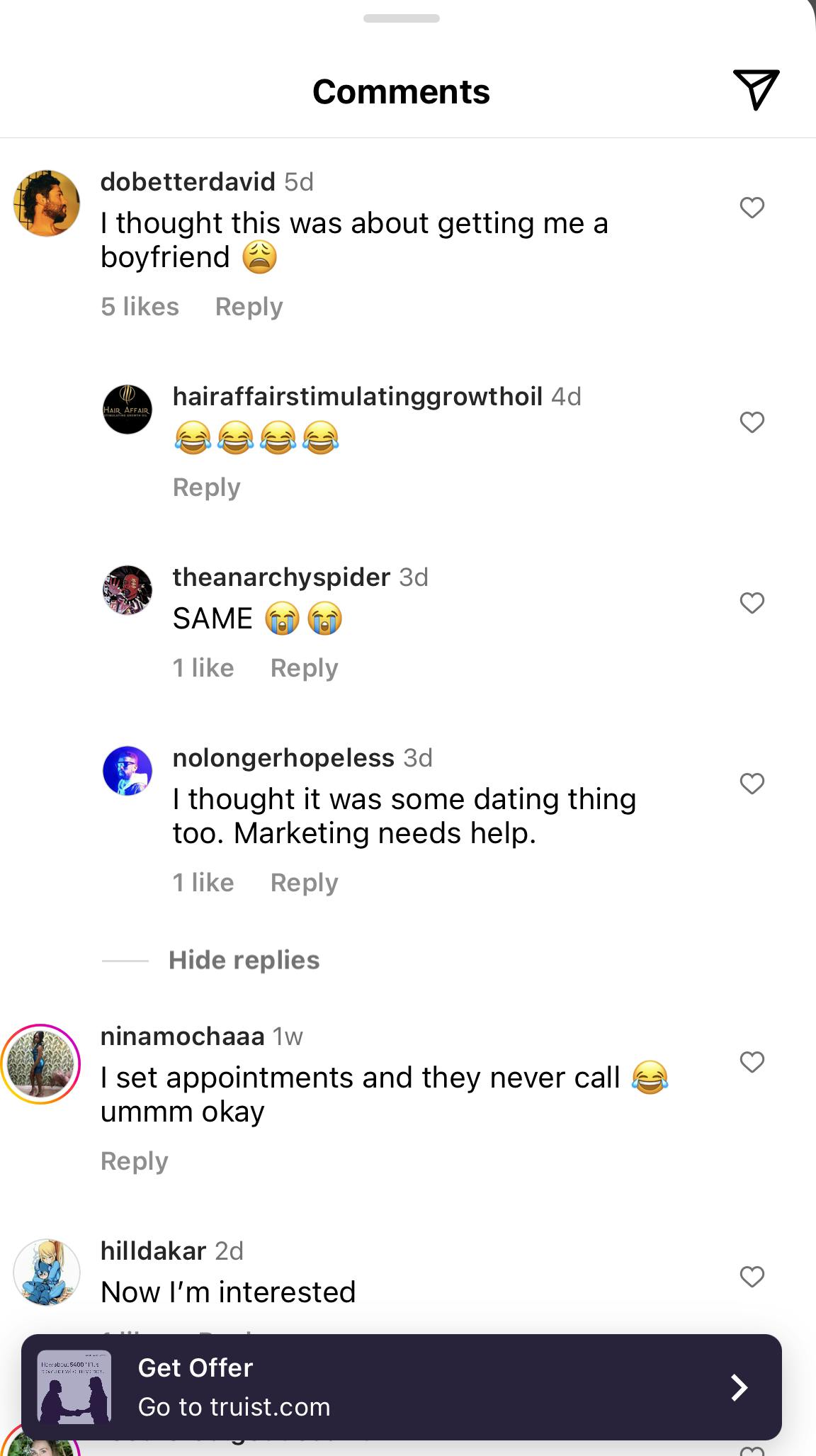 |
 |
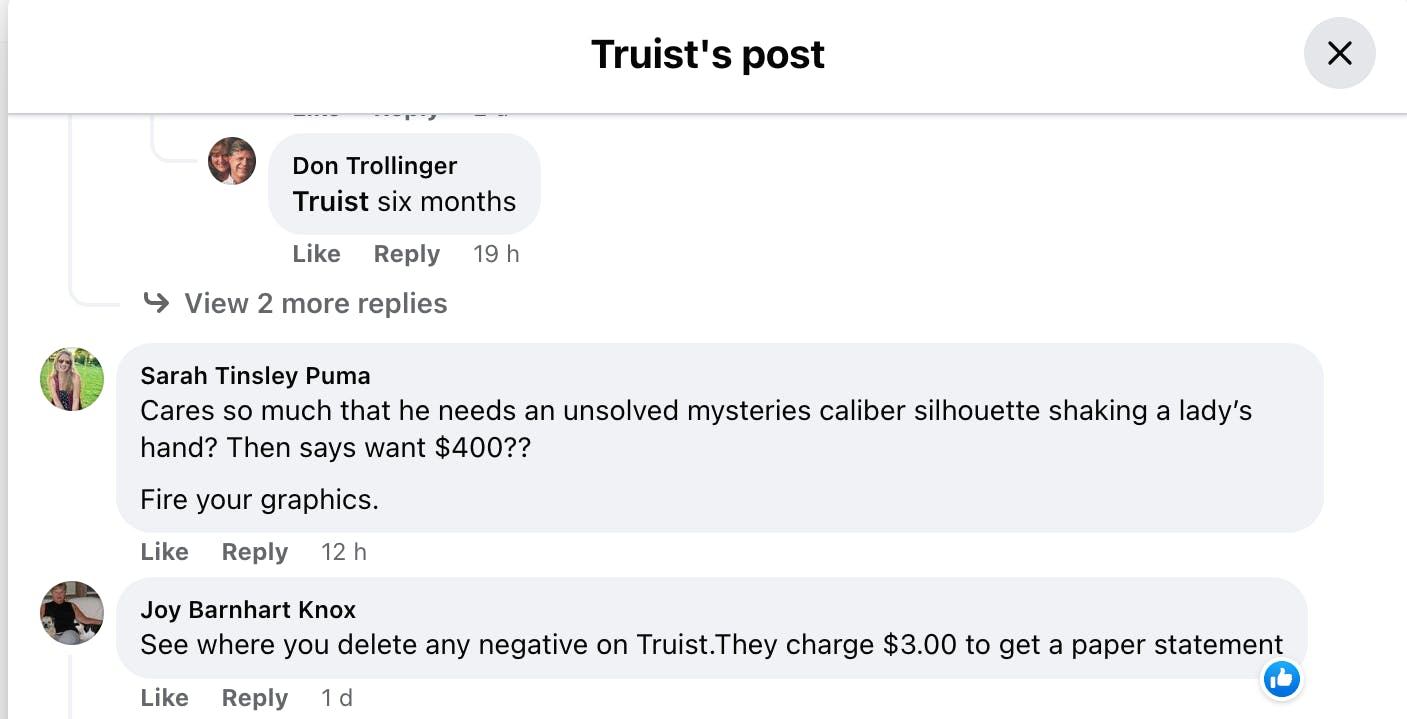 |
Plus, by showing different ad campaigns with different price points to the same audience, they’re just muddying the waters further. Even though the second campaign is for a different type of bank account, people see it as “We’re giving you $400! No wait, $300! J/k, $400!” and it leads to cognitive dissonance at a subconscious level, and open mockery at a conscious level.
What you should do: Make sure your offers are positioned clearly and well. (And if you don’t know how to do that, join my next positioning workshop!) And don’t dick around with your graphics. Think about the campaign as a whole, not as composite parts. Consistency matters.
Mistake #3: It’s bait-and-switch-y.
So, big caveat here: comments on social media posts like this always attract the extremes, the people who are really happy, and the people who are really pissed off. That being said, it does seem like the promise in this campaign is overstated, and that a lot of people haven’t gotten that money. This amplifies the bad read of the room, because now it’s reading like, “Hey small business owner, do you want a $20 from Uncle Truist to take care of your little hobby business? Too bad!”
What you should do: put your money where your mouth is. Do what you say you’re going to do. Or tell people if you can’t. It’s just not that hard.
Overall, the campaign’s a mess. And it’s especially obvious since it’s falling down on such basic things.
So don’t do stuff like that! And if you’re not sure whether you’re doing stuff like that or not, email me and let’s chat about it. Send me an email at rachel@boltfromthebluecopywriting.com, I’ll let you know 🙂
